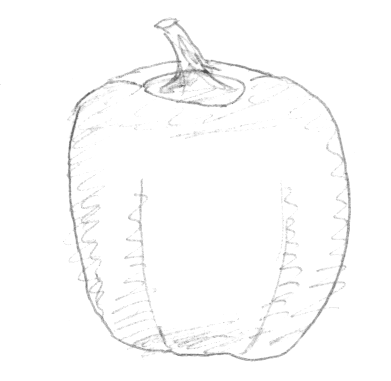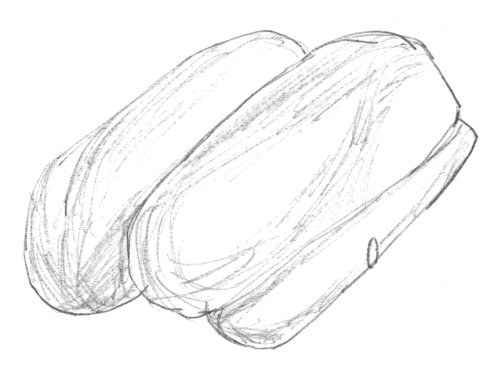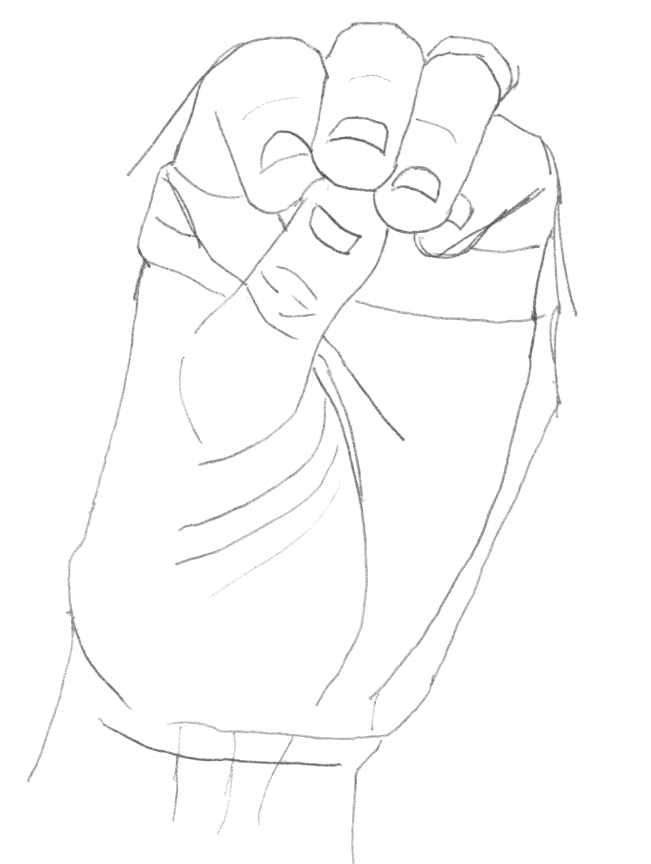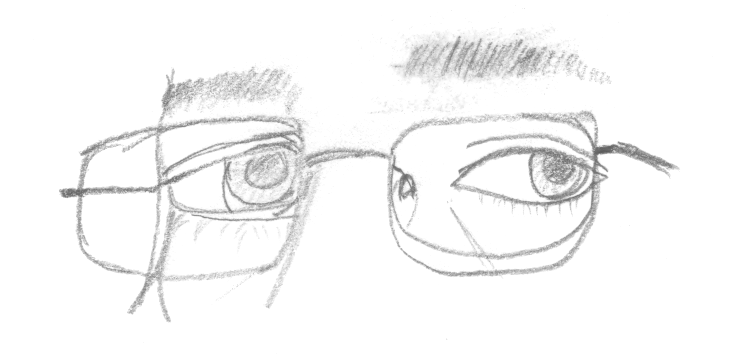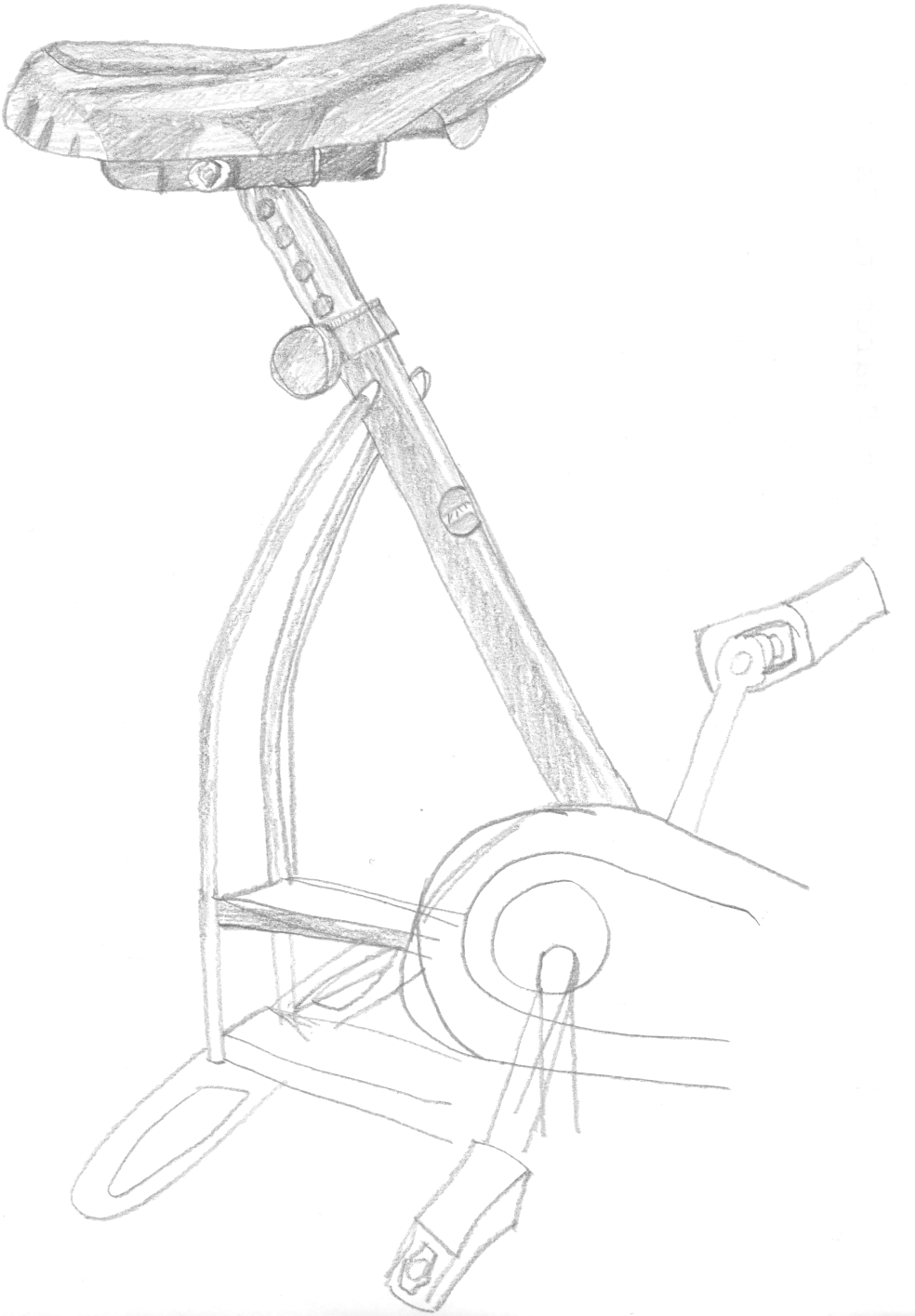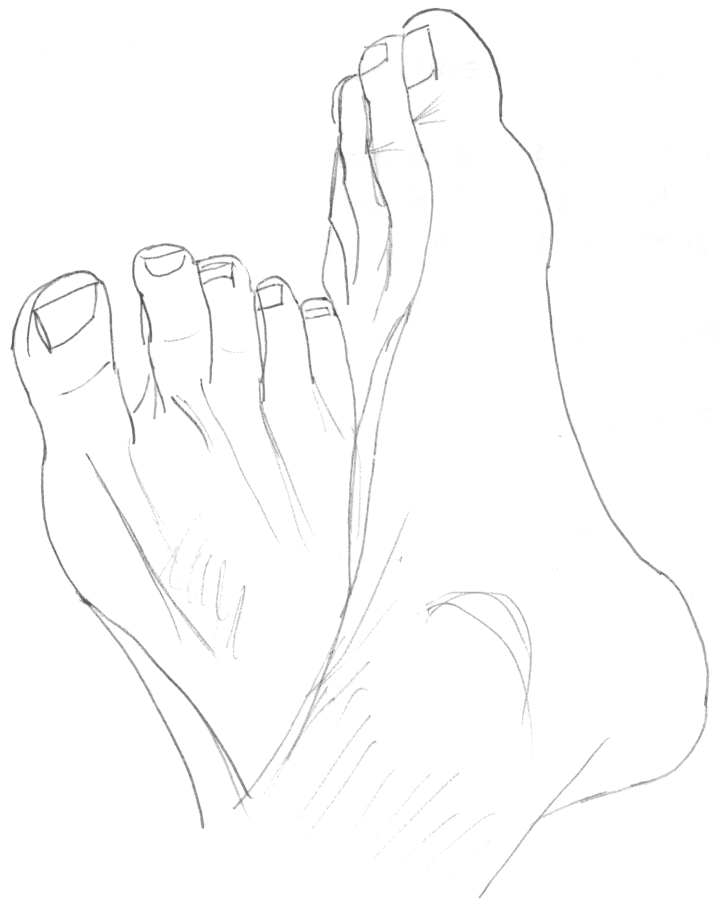Evolutionary Foolishness
Lincoln Cannon recently made me aware of Our God Truly Is God by Elder Douglas Callister of the LDS church. He devoted a portion of his talk to the subject of evolution.
The LDS church is officially agnostic regarding organic evolution, at least according to a 1909 First Presidency message reprinted in the February 2002 issue of the Ensign, the official church magazine. Yet I have never read a single article in the Ensign in favor of organic evolution. It’s much easier to find those which are opposed to it, Callister’s being one.
Naturalism’s explanations of the origins of life and the miracle of our bodies often appear convoluted when placed side by side with the simple truths of the revealed word and divine scripture.
Evolution is complex, certainly more complex than bumper sticker creationism: “Big Bang Theory: God said it, and BANG! It happened!” Simple ideas don’t equate to true ideas. Just because evolution can be relatively hard to understand, that doesn’t justify seeking easier to understand theories which don’t reflect our experiences well. As Einstein is often paraphrased, “Theories should be as simple as possible, but no simpler.”
With its 107 million cells, connected to the brain by over 1 million neurons, the eye is more perfect than any camera ever invented. It caused Charles Darwin to humbly admit, “That the eye with all its inimitable contrivances … could have been formed by natural selection, seems, I freely confess, absurd in the highest sense.â€
It is a sign of Darwin’s scientific honesty that he admitted the existence of data which seemed to him to contradict his own theory. Callister ignores that scientists have evidence which suggests that the eye was in fact evolved.
The Psalmist wrote, “The fool hath said in his heart, There is no God†(Psalm 53:1). Such a foolish disbeliever ought to look at his hands. Seventy muscles contribute to hand movements. Much of the rest of the body is devoted to optimizing the complex function of the hand. There are no muscles in the fingers. The sole purpose of the forearm, its muscles and bones, is to move and position the hand.
I’ll excuse Callister’s playground taunts on the ground that he’s just mirroring the questionable behavior exemplified in his sacred texts.
However, he makes a fundamental assumption that all highly complex systems must have a designer. This assumption is understandable because most complex systems in our everyday lives (e.g. cars, computers, and Congress) have human designers. There is no evidence, however, that this relationship holds for natural systems, eyes and hands notwithstanding. His argument boils down to something like “I just can’t understand how complex human beings evolved without the intervention of a Designer”, an argument from either incredulity or ignorance. His inability to accept evolution is probably partially rooted in a lack of familiarity with the details of evolutionary theory.
Sir Isaac Newton is reported to have said: “In the absence of any other proof, the thumb alone would convince me of God’s existence.â€
Newton was a very interesting genius. His contribution to our understanding of natural laws cannot be overestimated. Yet he had his own blind spots. He spent a significant portion of his time pursuing alchemy, a pseudoscience on par with astrology. This illustrates why we shouldn’t appeal to authorities in order to base our beliefs. I wonder if Callister would give equal credence to Newton’s views on alchemy as he seems to give to his thoughts on the thumb.
One of my brothers is a physician. During medical school he was assigned to study anatomy in companionship with an agnostic. Their education eventually required that the two of them carefully examine and dissect a cadaver. They studied the incredibly complex yet harmonious systems of the body.… My brother and his friend became silent as they contemplated the miracle they were examining. Sensing the moment was right, my brother challenged: “Coincidence is a marvelous thing, isn’t it?†His agnostic classmate responded, “You win.â€
This anecdote might make the creationist feel good to see the opposition conquered, but it also shows me that Callister doesn’t properly understand evolutionary theory. To call it “coincidence” demonstrates that he believes evolution to be a purely random process. It isn’t. No one aside from creationists believes that evolution is purely random.
This earth departs from its orbit of the sun by only one-ninth of an inch (2.82 mm) every 18 miles (29 km). If, instead, it changed by one-tenth of an inch (2.54 mm) every 18 miles, we would all freeze to death. If it changed by one-eighth of an inch (3.18 mm), we would all be incinerated. Did this all happen by accident?
I don’t know how true this is, but this statement seems a little misleading because the Earth travels 18 miles every second. That distance is therefore an insignificant part of the Earth’s orbit (i.e. 1 part in 31.5 million). Any small deviation over that tiny portion of the orbit would accumulate to huge deviations over the course of a year.
But allowing that what he says may be true, does this show that there is a Divine Designer? What are the odds that a habitable planet would happen at random around the average star? To be overly generous, let’s just guess that the odds are one in one billion billion (i.e. one star in every 1 000 000 000 000 000 000 stars has a habitable planet). There are believed to be 1021 stars in the universe. That still leaves 1000 habitable planets in a universe based on pure, dumb luck.
Questioning why we happen to be on one of those habitable planets is like a puddle questioning how it happens to live in a hole that seems tailor-made to fit its shape precisely.
The doubter requires too much of us when he asks us to believe that the miracles of eyes and hands and DNA and order in the universe all happened by chance. The passage of time, even long intervals of time, is not a “cause†and provides no answers without an intelligent designer.
Further evidence that he doesn’t understand evolution.
It is not possible to contemplate the immeasurable vacuum and purposelessness that would exist in our lives if He were not there. We would regret the passing of every day and the passing of every loved one, knowing that neither time nor relationships could be extended. We would approach the autumn and then the winter years of life with crescendoing fear. Every day of our lives we should thank Him that He is there and that this life is not all there is.
It is possible. It is true that contemplating a world without a loving God can make our time with loved ones more precious and death more dreadful. I want to live in a world where chocolate makes me lose weight and the opposite sex is powerless to resist my charms. Too bad that’s not the world I live in.
Tags: creationism, evolution, LDS, Mormonism, science
